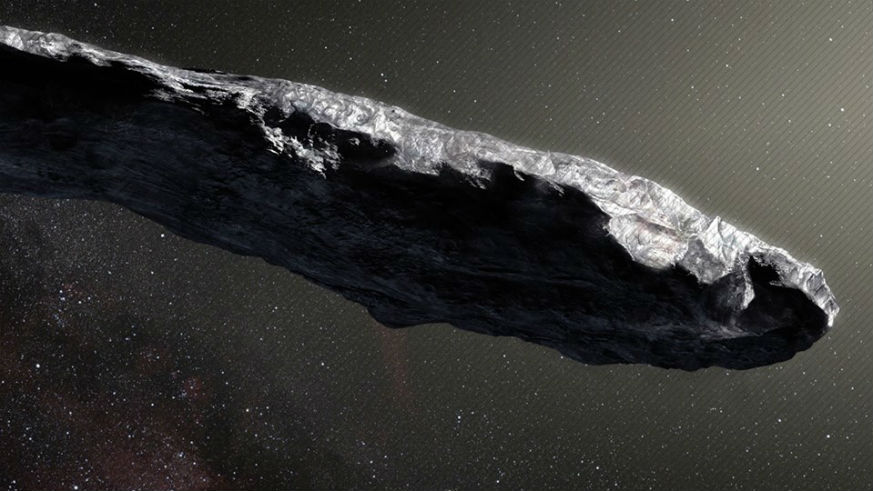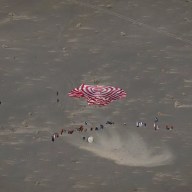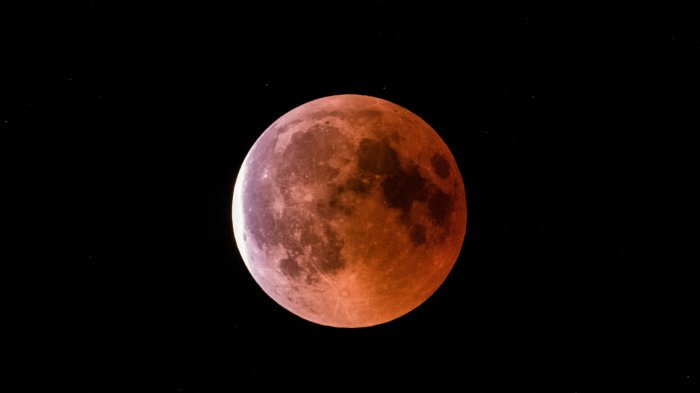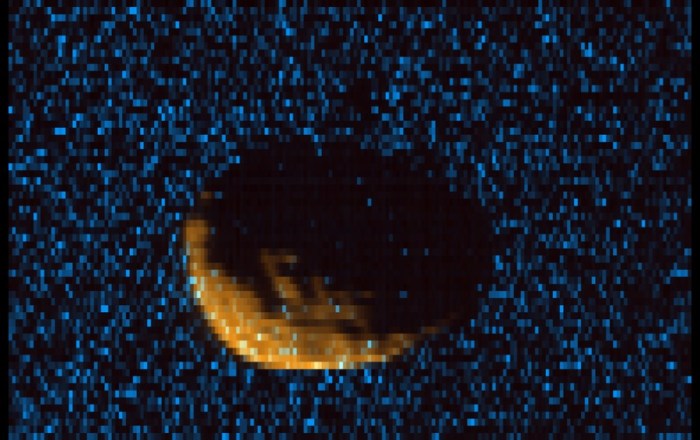‘Oumuamua. No, that’s not a typo. It’s the name the first known interstellar object to enter our solar system. The discovery was made on October 19, by the Pan-STARRS1 telescope system based at the University of Hawaii’s Institute for Astronomy (IfA).
‘Oumuamua, or as it translates to in Hawaiian, “a messenger from afar arriving first,” was formerly dubbed “1I/2017 U1” in the original report published in the Nature Astronomy Journal. It clocked a peak speed of 196,000 mph when it passed within 0.25 au of the Sun.
“What we found was a rapidly rotating object, at least the size of a football field, that changed in brightness quite dramatically,” Karen Meech, a planetary astronomer at the Institute who lead the research for this report, said in a statement on the IfA website. “This change in brightness hints that ‘Oumuamua could be more than 10 times longer than it is wide — something which has never been seen in our own Solar System.”
Breakthrough Initiatives is searching for intelligent life beyond Earth — Oumuamua might be what they’ve been looking for pic.twitter.com/3PMmZACOdv
— Tech Insider (@techinsider) December 15, 2017
Given that it showed “no hint of cometary activity” after passing the sun (read: it did not expel gas as a comet would) researchers first suspected that the object was an asteroid. However, new data published Monday in Nature Astronomy suggests that ‘Oumuamua’s interior is similar to that of a comet, consisting of an icy substance at its core beneath its “organic-rich,” reddish crust.
“Because it didn’t look like a comet after passing close to the Sun, astronomers weren’t sure if ‘Oumuamua was icy or rocky,” Alan Fitzsimmons, a professor at Queen’s University Belfast and lead author of the recent paper detailing this data, clarified to Metro. “Our study shows it was icy when it formed in its home planetary system, and it could still have water ice buried inside.”
Or, as Fitzsimmons described the concept to WIRED, “Basically you have a really nice baked Alaska.”
Meech, however, said that these findings do not classify ‘Oumuamua as a comet. “Very sensitive searches have been made for any escaping gas or dust from ‘Oumuamua, and none has been found, even though its surface got quite hot during it’s close passage to the sun. By that definition it is an asteroid,” Meech explained in a statement issued to Metro.
She continued: “Some people say it could be cometary because its surface colors are similar to comets, and because with such a fast pass close to the sun, the heat could not have gotten very far inside (i.e. ice could be preserved if there ever was any). This by no means means ice exists or that it is a comet. Also, while the color is similar to comets, there are many other things that are not comets that have the same color. So by our current definitions, it is correct to call it an asteroid.”
UFO or no?
Last week, scientists from Breakthrough Listen, a project devoted to finding signs of intelligent life, scanned ‘Oumuamua with the Robert C. Byrd Green Bank Telescope in West Virginia for such activity (read: aliens!).
Their search across four radio bands “spanning billions of individual channels” showed no evidence of intelligent life, but people are still arguing that when it comes down to it, ‘Oumuamua’s resemblance to an alien spaceship couldn’t just be a coincidence.
Theories circulating the Internet include that it’s something out of “Star Trek,” an intergalactic video game and of course, “Star Wars.”
I’m sorry, #Oumuamua looks WAY too familiar for comfort. It ignored us? Good.#TooMuchStarTrek pic.twitter.com/vmmBkDjYZi
— Movies Silently (@MoviesSilently) December 20, 2017
Left: strange nearby asteroid Oumuamua which scientists in West Virginia are monitoring next week to see if it’s an extraterrestrial probe
Right: spacecraft of The Collectors, evil insectoid 22nd century extraterrestrials in the video game Mass Effect 2 pic.twitter.com/OjIUQGhTZC
— Kurt Andersen (@KBAndersen) December 16, 2017
Does anyone else think The Raddus ship from Star Wars: The Last Jedi look very similar to Oumuamua, or is it just me? #theraddus #Oumuamua
— Magnus (@MLindvig) December 19, 2017
For the Star Wars fans.. #Oumuamua #StarWars #SETI #aliens pic.twitter.com/c8ljagf4kq
— Doug (@cpnobviouss) December 14, 2017
Fitzsimmons told Metro that though the idea of UFOs is exciting, it’s “unfortunately wrong.” He stated that it really is just “a natural object created around another star, which is truly wondrous in itself.”
Observations, as it stands, are still underway and will continue as ‘Oumuamua travels through our solar system. It’s projected to pass Jupiter in May, then Saturn in January 2019. So, as Yoda once said, “Patience you must have my young padawan.”



















